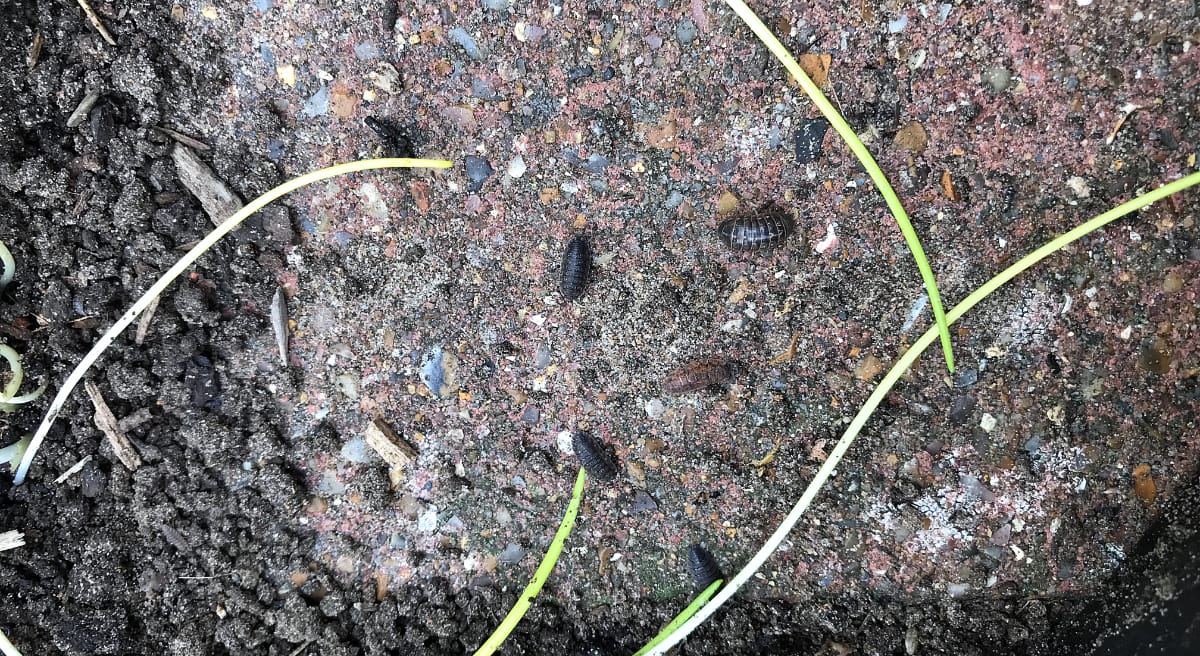Nothing in Basket!
About the Author & Content Disclaimer
The advice in this post is based on 10+ years of hands-on experience in our sandy Suffolk garden.
While I love sharing my journey and the things I discover, please understand that I am not a certified professional in gardening or wildlife. I ground my content by deep-diving into reliable books and professional websites.
The information shared on this blog reflects my own experiences and is tried-and-tested in our unique local environment. Please remember that what works for me may not be suitable for your specific garden.
For certified expertise, always consult a qualified professional (there are links within my blogs to experts websites).
I am always eager to learn and improve! If you notice any inaccuracies or have additional insights to share, please feel free to contact me via this websites contact forms.
Common name: Woodlice
Latin Name: Various species, including Armadillidium, Oniscus, Philoscia and Porcellio species
Function: Largely feed on decomposing plant material (detritivores) a vital part of nutrient recycling
Often mistaken for pests, woodlice are actually beneficial creatures that play a vital role in maintaining a healthy garden ecosystem. During the day they like to hide in cool damp places. I often find them underneath plant pots, logs or stones.

I can always find Pill Woodlice underneath plant pots, or trays of water left out for the birds to enjoy.
Woodlice are terrestrial crustaceans belonging to the order Isopoda, there are 30 species in Britain five of which are often found in gardens. They shelter in dark damp places, especially where there is an accumulation of decaying plant material. They feed on this material and are an important part of the natural recycling process in a healthy garden.

I have a very healthy population of woodlice in my garden.
There are several species of woodlice commonly found in gardens. They measure upto 1cm in length and are often grey in colour, with body segments sometimes flecked with yellow or pinkish brown markings. Some species, known as pillbugs, can roll themselves into a ball when threatened.
Woodlice produce eggs in spring which are retained inside the female's body until they hatch. The newly hatched woodlice, known as mancas, are kept in a brood pouch on the underside of the female for a few days before they disperse. If you check under plant pots you will often find baby woodlice, who are easy to spot as they are smaller and lighter in colour. The mancas shed their outer shells on a number of occasions as they grow bigger. They make it to adulthood by late summer and over winter before reproducing in their second year.
Woodlice are beneficial and shouldn't be managed. By creating a balanced ecosystem in your garden no one species should every become a problem.
By understanding the role of woodlice in your garden, you can appreciate their contribution to a healthy ecosystem and minimise any potential issues. These tiny creatures are often overlooked but play a vital part in maintaining a thriving garden.
You can find out more about woodlice at the British Myriapod and Isopod Group's website :
Nothing in Basket!
